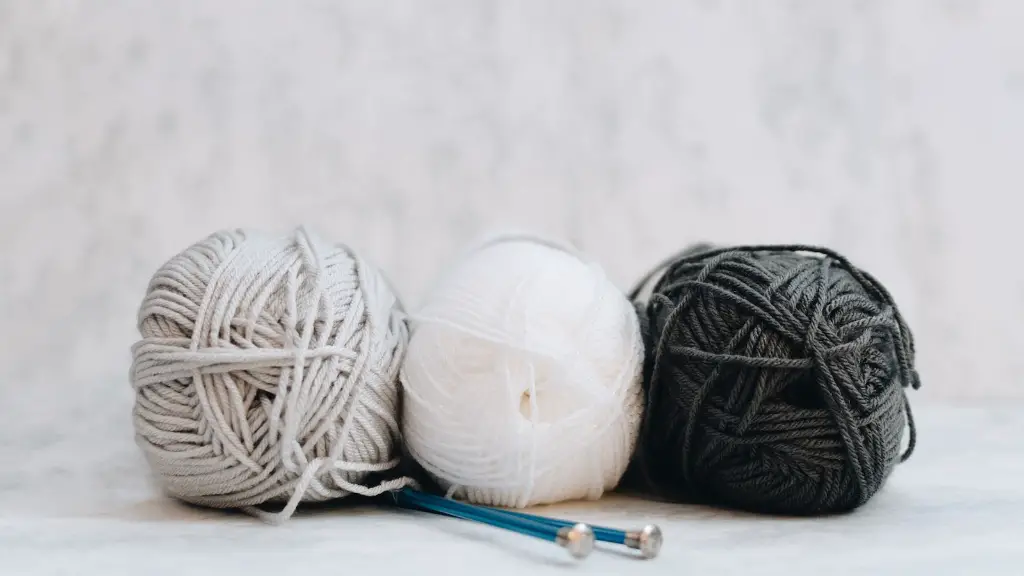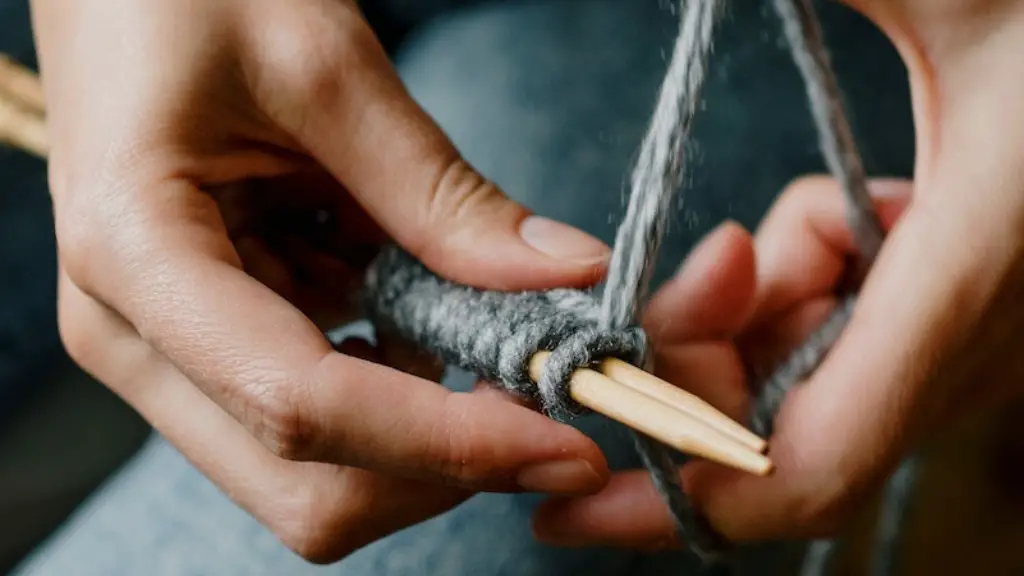Adjusting the tension on a Singer Sewing Machine
Knowing how to adjust the tension on a Singer sewing machine can help you create the perfect stitch. The tension of the threads on the machine determines the size and quality of the stitches. It is essential for any sewer to understand the basics of adjusting the tension for any Singer sewing machine. Properly adjusted tension will help ensure a successful sewing project, from curtains to clothing.
Start by selecting a test fabric. Follow the instructions on the bobbin packaging and place it into the bobbin mechanism. Thread the machine with the upper thread using the guide on the sewing machine. Increase the upper thread tension until you get an approximately 3mm stitch length.
When you are ready for adjustments, lower the presser foot, turn the hand wheel towards you, and open the tension disc. Pull the upper thread out, and press the tension regulation lever. Make sure the upper thread pulls up on the tension disc as you lower the tension disc. This shortens the upper thread. When this is complete, raise the tension disc.
Tightening the tension slightly can help to prevent looping. To check the adjustment, raise the presser foot and pull the bottom thread up. If the stitches look nice and even with no looping, the tension is just right. If the stitches are looping on the backside, tighten the tension. If the stitches are too tight and break, loosen the tension.
You can also add bobbins of a different weight to test variations levels. A lighter bobbin will give a looser tension while a heavier bobbin will give a tighter tension. If your sewing project requires several layers of fabric, it will usually require a higher tension to create a stronger stitch. Some stitches also require specific tension adjustments. When in doubt, consult the manual of your machine.
Finally, try out some stitches on your test fabric and adjust the tension as necessary to create a consistent even stitch. Regularly check for proper tension and make minor adjustments as needed. With patience and practice, you will be able to adjust the tension on your Singer sewing machine properly and start using it for all your projects.
Maintenance Tips for a Singer Sewing Machine
Investing in a Singer sewing machine is a great investment that can last for a long time, provided you perform proper maintenance regularly. To ensure the best performance, there are a few tips to keep in mind when fixing and cleaning your machine.
Clean the machine regularly. Use a lint brush and an air compressor to remove lint, dirt and dust from hard-to-reach places. Change the needle regularly and calibrate the tension to prevent fabric snags. Treat the thread gently, as it can be damaged easily if pulled too tightly. Complete professional maintenance checks at least once a year.
Oil your Singer sewing machine regularly. Over time, the oil dries up, leaving the motor and parts of the machine unprotected. High-quality oil will provide lubrication, keeping your machine running smoother. Pay attention to the parts that move and check for any signs of wear and tear, such as rusting or cracking. If you do find any, replace them immediately to avoid permanent damage.
Store your machine in a cool, dry place away from direct sunlight and moisture. When transporting the machine, make sure it is securely packed to prevent damage. Anvil cases and padded bags are excellent ways to protect your machine. Finally, if you are going to leave your machine unused for an extended period, cover it with a dust cover.
Tips to Make Adjustments Easier on a Singer Sewing Machine
Adjusting the tension of a Singer sewing machine needn’t be a difficult task. This can be made easy by taking certain steps.
First, before making any adjustments, make sure that the machine is properly threaded and the bobbin is correctly installed in the bobbin mechanism. This is important for a successful adjustment.
Second, practice adjusting the tension before attempting real-time adjustments. The tension and type of fabric used can affect the outcome of the stitches. The more practice, the more comfortable you can be making adjustments.
Third, if there are any questions or concerns when adjusting the tension, consult the tutorial videos provided in the manual of your machine. These videos regarding threading, tension and the general usage of the machine will help you understand it better.
Fourth, select a test fabric that closely resembles the fabric you are intending to use in your project. If you are making adjustments on a delicate fabric, make sure that the tension is not too tight. Lastly, if adjustments don’t seem to be working, it might be a case of threading issues. Clear the thread away and start all over again.
Common Mistakes for Adjusting Tension on a Singer Sewing Machine
The most common mistakes people make when adjusting the tension on a Singer sewing machine is not following these two important steps.
First, not using the same type of fabric. It is essential that the same type of fabric be used for adjustments. Using a different fabric may cause different tension levels, leading to uneven stitches. Additionally, make sure the fabric is thick enough for your machine to operate correctly.
Second, not cleaning the machine regularly. An accumulation of lint, dirt and dust will lead to the malfunction of the machine. A clean machine moves smoothly and helps you make accurate tension adjustments.
Third, incorrectly installing the bobbin. Take time to properly install the bobbin in the bobbin mechanism. If it’s incorrectly installed, the adjustments you make will not work well.
Fourth, not changing the needle often. As needles get clogged with lint and dust, they become ineffective and can cause damage to the fabric. Replace it every so often to keep your machine in top shape.
Finally, not checking for improper tension. If you don’t check the tension, it won’t produce the desired output. Check for proper tension setting to get evenly stitched fabric.
Additional Accessories for a Singer Sewing Machine
In addition to adjusting the tension on your Singer sewing machine, there are many accessories that can help with your sewing projects.
First, consider a light box for precise stitching. With a light box, you can easily see where to position the fabric for accurate stitching. Additionally, an extension table can help you stitch large pieces of fabric with ease.
Second, try an adjustable guide if you sew a lot of precise curves. An adjustable guide provides better control and accuracy in the curves. Similarly, a quilting guide will help you stitch straight lines when quilting.
Third, use presser feet, such as the overlock foot, ruffler foot and gathering foot. These are used to stitch special types of fabrics. Attaching the right foot to the machine is important to get the best results.
Fourth, invest in a walking foot. This foot essentially prevents fabric from bunching or shifting as you sew. It is especially useful when sewing multiple layers of fabric or when tackling challenging fabrics.
Finally, use seam guides to ensure an even seam allowance. Seam guides help to create an even seam allowance and make sewing much easier. Additionally, an invisible zipper foot can be used to attach zippers to the fabric without hassle.
Troubleshooting Adjustments on a Singer Sewing Machine
Troubleshooting adjustments on a Singer sewing machine is easy if you follow some basic steps.
First, check the hand wheel. Make sure it is turning properly and the machine is threading the upper and lower thread correctly. If the wheel is not turning, the tensions may need to be readjusted. Try cleaning and oiling the machine before making adjustments.
Second, check for a jam. This often happens when the needle is inserted incorrectly or the thread is not properly inserted. Remove the bobbin case, the presser foot and check for the jam.
Third, check the needle. The needle might need replacing if it is worn out. Make sure it is the correct size and type for your Singer sewing machine.
Fourth, check the thread. If the thread is not properly inserted, the machine will not function. Make sure the thread is properly inserted and replaced when necessary.
Finally, adjust the tensions if necessary. Make sure the tensions are set correctly. Adjust until you get an evenly stitched pattern.





